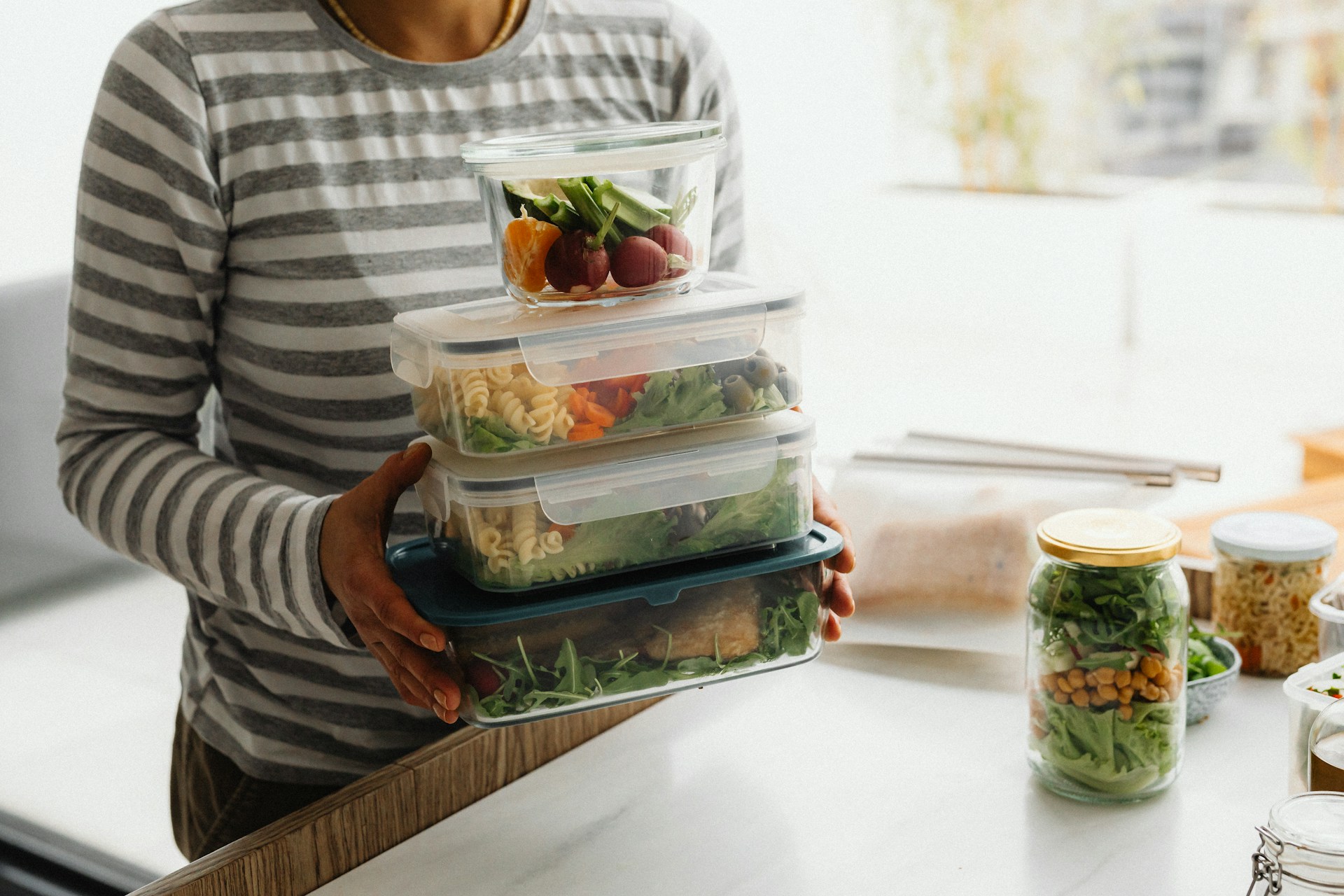Gastric balloons are one of the less invasive, temporary, and reversible approaches to weight loss. By occupying the space within the stomach, you get a sense of fullness faster, which leads to reduced food intake. These procedures are considered safe and effective, but, like any surgery, there is a possibility of some long-term side effects of gastric balloon. We will go through the possible side effects, but most of all, you will get recommendations on how to avoid them. At the end, you will also find a short and clear checklist to help you with staying in control over your health even more.
The Spectrum of Side Effects
Gastric balloon placement is generally safe; however, you may experience temporary side effects as your body adjusts. Common symptoms during the first two weeks may include:
- Nausea
- Vomiting
- Abdominal cramps
- Bloating
- Feeling of fullness or heaviness
- Acid reflux or heartburn
- Changes in bowel habits (constipation, diarrhea, gas)
- Fatigue or weakness
- Bad breath
- Frequent burping
These symptoms are usually manageable with medications and dietary changes.
However, if they persist, be sure to contact your doctor.
It is important to be aware of any changes or symptoms such as severe or worsening pain, persistent vomiting, fever, or new digestive issues—that may signal a serious complication like balloon deflation and migration, which can lead to intestinal obstruction, as well as stomach ulcers, esophageal or stomach perforation, and acute pancreatitis.
How to avoid the long-term side effects of the gastric balloons
Preventing temporary side effects from turning into long-term requires more than just getting through the first few days of nausea and discomfort. The key lies in what you do during the six months the balloon is in place, and even more importantly, what you continue to do after it's removed.
Follow the Eating Plan
After balloon placement, your stomach needs time to adjust. Follow your care team's dietary guidelines precisely. They are all done for each individual's specific needs, but they will look something like this:
- Start with liquids, then progress to soft foods, and finally solids.
- Avoid overeating, which can cause vomiting or balloon pressure.
- Say no to carbonated drinks, which can expand the balloon.
- Avoid spicy or hard-to-digest foods, which may irritate your stomach lining.
Slow and steady reintroduction of foods helps your stomach adapt without stress or injury. This isn't just about pacing yourself; it's about avoiding complications like persistent nausea, vomiting, or balloon rupture.
Take Your Medications Seriously
Doctors usually prescribe two main types of medications:
- Proton pump inhibitors (PPIs) are used to reduce acid and prevent reflux or ulcers.
- Anti-nausea meds to ease symptoms in the early days.
Skipping these can increase your risk of developing long-term side effects from gastric balloons like gastritis, ulcers, or chronic discomfort, so make sure you take your medications as prescribed.
Keep Up With Regular Follow-Ups
Your clinic visits aren't just routine, they're essential. These check-ins:
- Confirm the balloon's position.
- Help identify early warning signs (such as partial deflation or stomach irritation).
- Let your care team adjust your plan if needed.
Routine follow-up visits are more than just box-ticking. It's really important to do them, even if you feel fine and on track.
Recognize The Red Flags
It's super important that you listen to your body and act early. Not all side effects are normal. We've already listed some more serious ones above (stomach ulcers, esophageal or stomach perforation, acute pancreatitis). Call your doctor if you notice:
- Persistent vomiting or pain
- Blood in vomit or stool
- Loss of satiety, sudden weight gain
- Blue or green urine (a sign of balloon leakage)
Even if you feel something is off but are not sure, it's better to contact your doctor. Early action can prevent emergencies.
After Removal: The Real Work Begins
Once the balloon is removed, the biggest threat to your long-term well-being isn't medical, it's behavioral. Without the physical restriction of the balloon, old habits can sneak back in. To prevent long-term health issues and weight regain:
- Stick to portion control and regular exercise.
- Continue with nutritional or behavioral counseling.
- Join a support group for support and encouragement.
Even though the balloon is gone, you are left with so many tools for managing your weight, and it's your responsibility to keep using them.
Stay Connected with Your Support Team
Many clinics offer ongoing support also after balloon removal. Take advantage of it. Regular contact with dietitians, coaches, or medical professionals helps you stay on track and avoid sliding back into old patterns.
Gastric Balloon Safety Checklist
We summed everything you need to do to avoid long-term side effects of the gastric balloon in the checklist you can find below. Keep it close and do your best at sticking to the new, healthier routines to keep your weight under control and reach your goal.
While Balloon Is In Place (0–6 Months)
- Follow prescribed diet stages: liquids → soft → solids
- Avoid overeating, carbonated drinks, spicy or acidic foods
- Take medications as prescribed
- Attend all follow-up appointments
- Monitor for symptoms: pain, vomiting, blood, balloon deflation
- Stay active with light to moderate exercise
After Balloon Removal
- Continue healthy eating habits and portion control
- Stay physically active
- Join a support program or see a dietitian
- Monitor weight and mood regularly
- Report any unusual symptoms
{{cta_button}}








